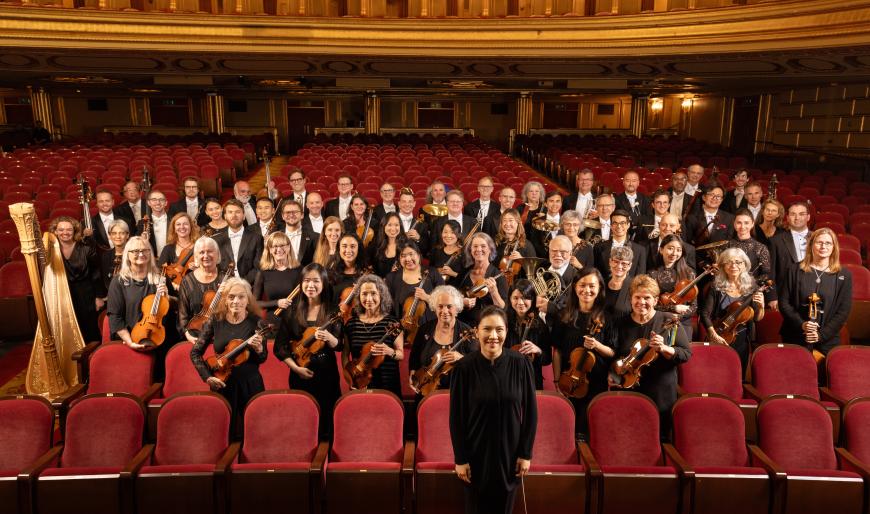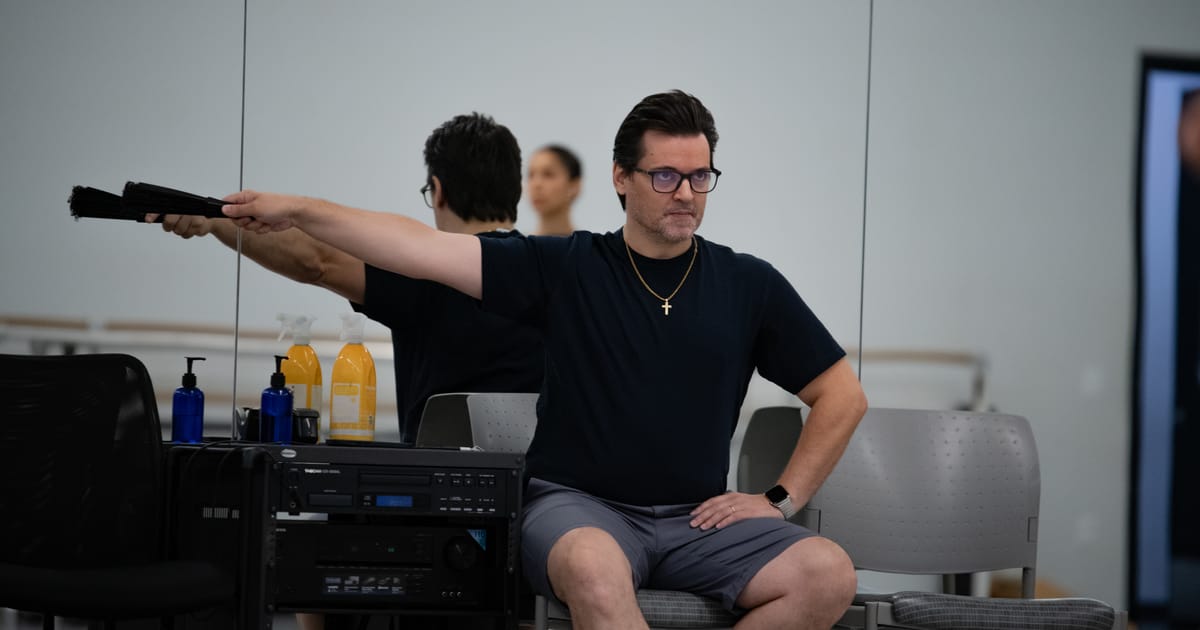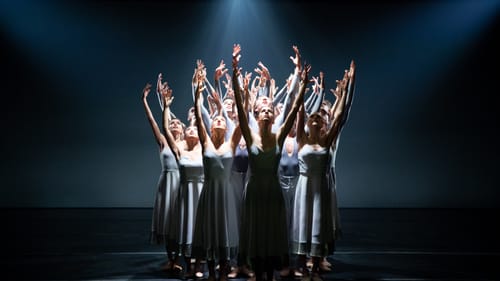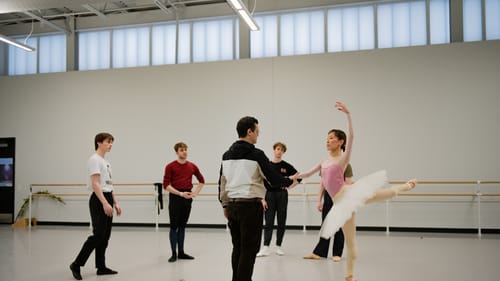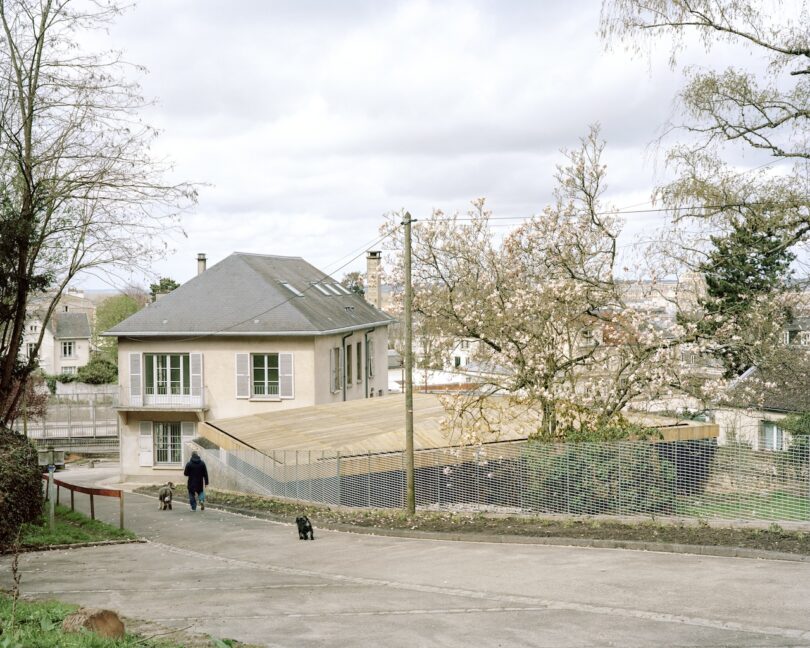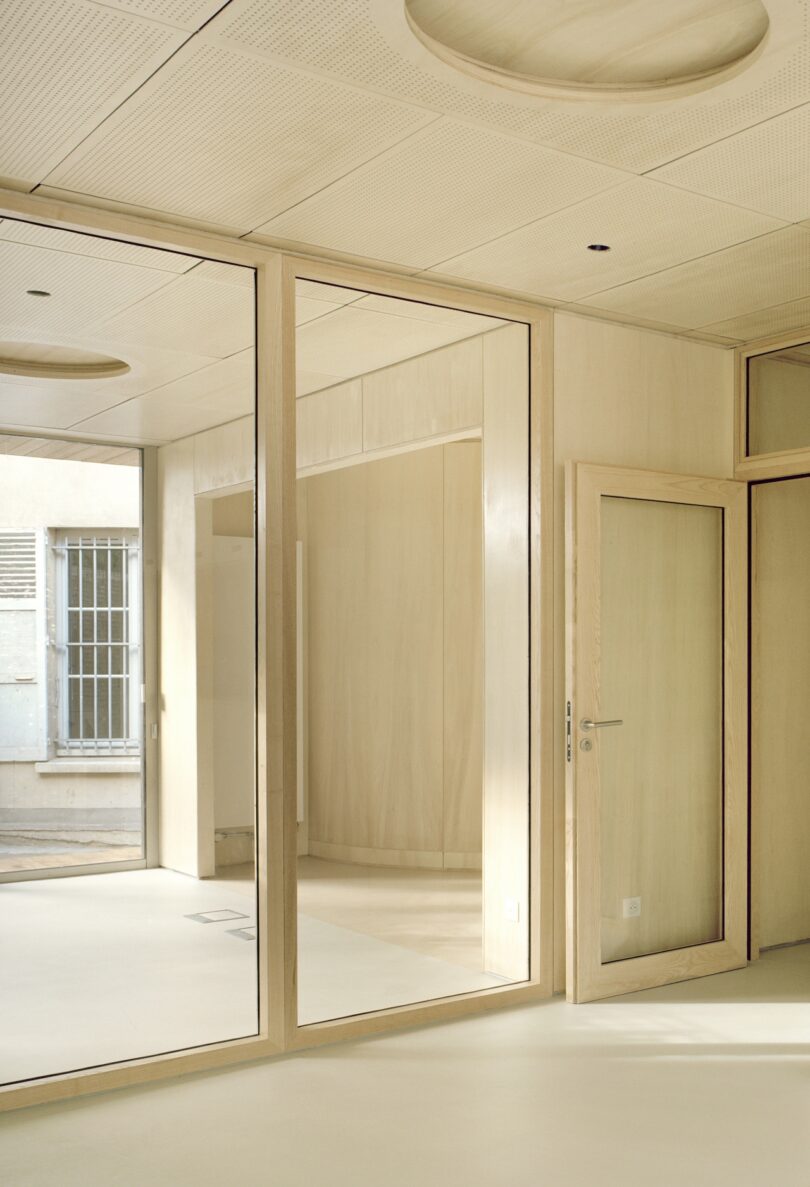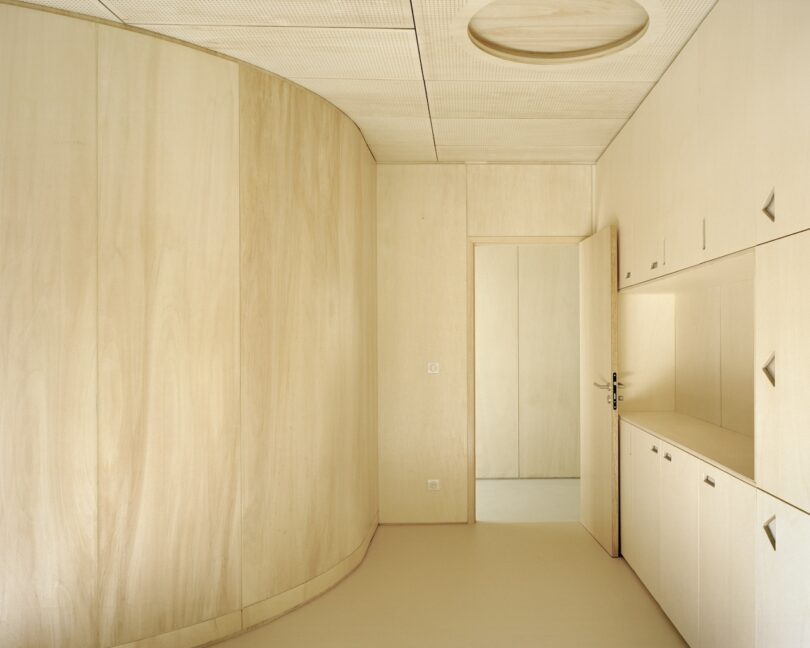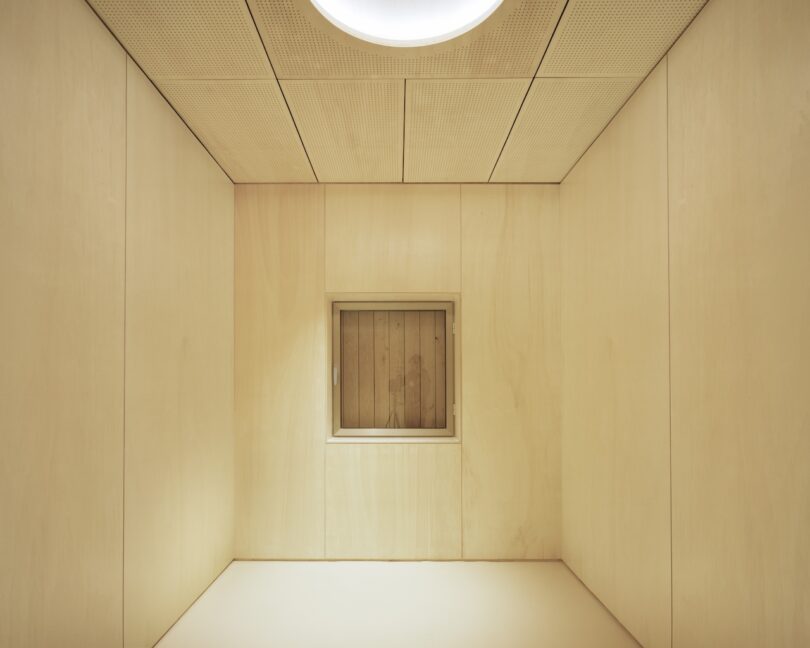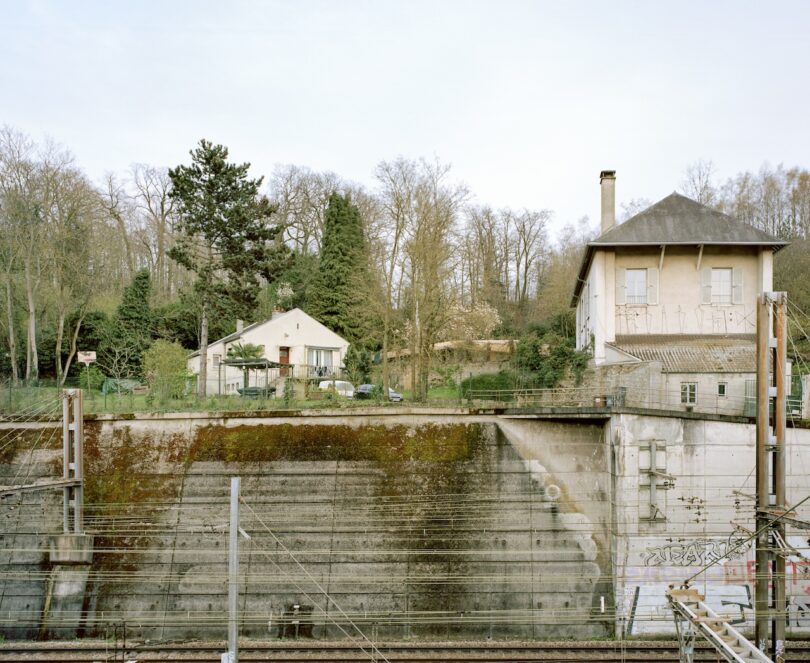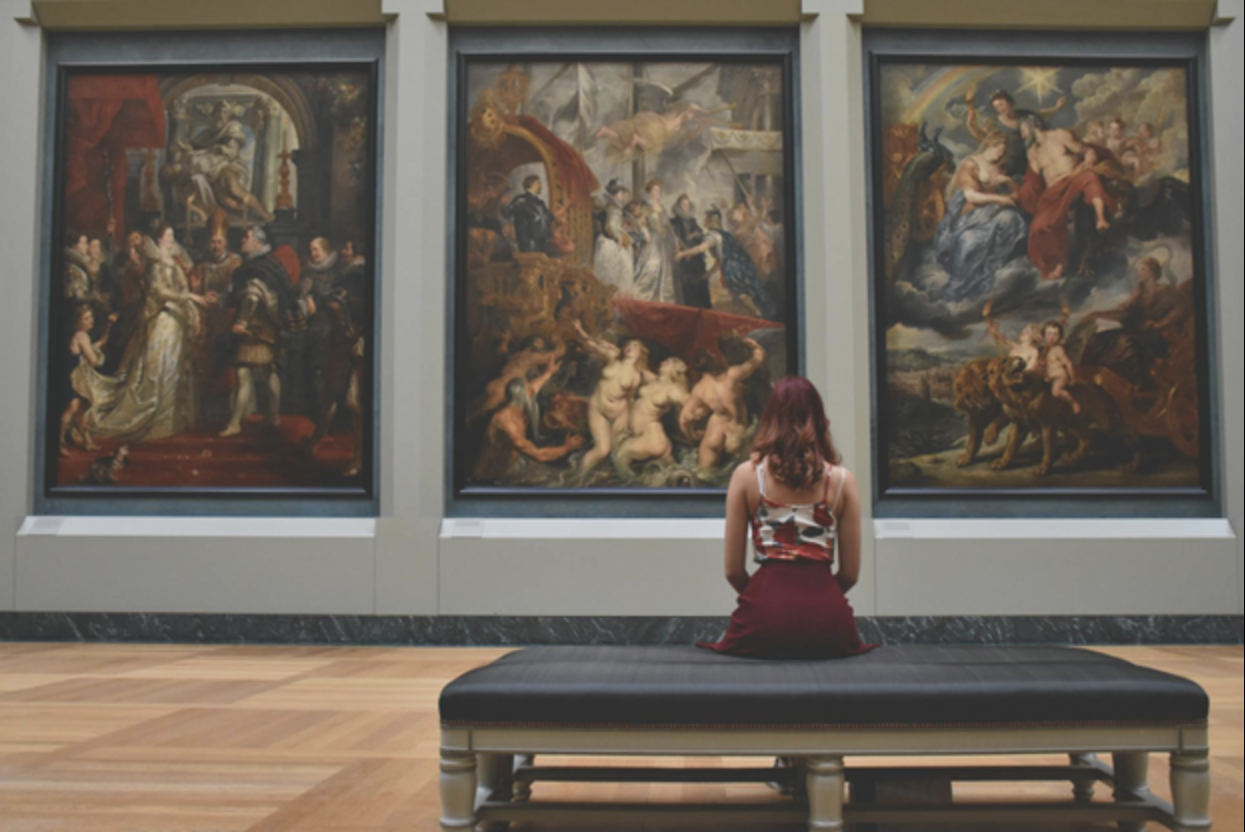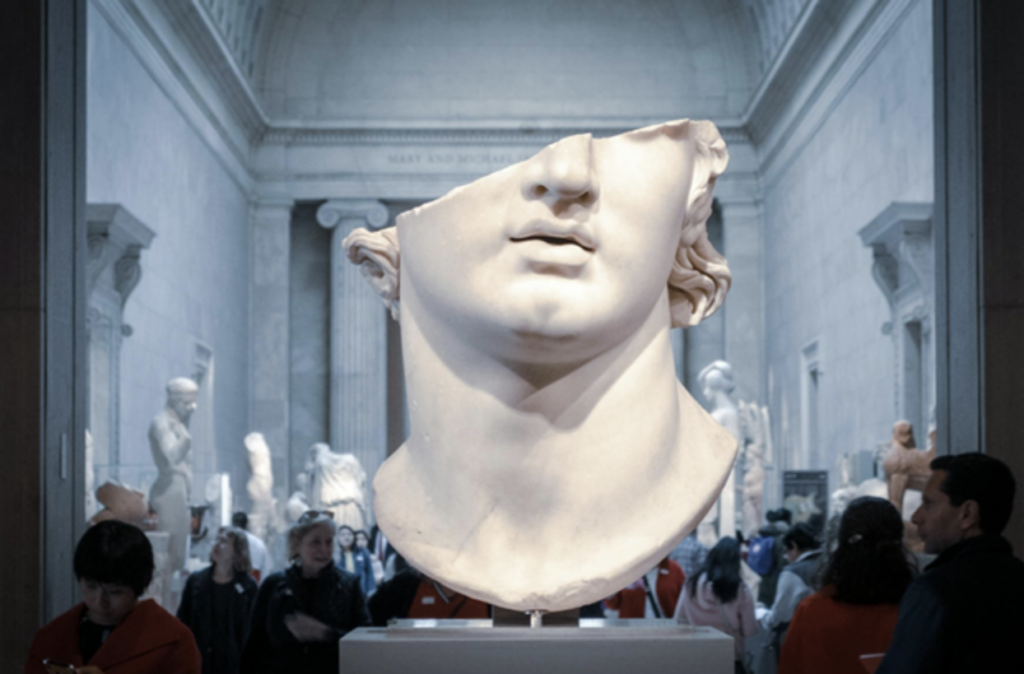‘Chaos is great. This time it went over the top’: Andrea Arnold and Robbie Ryan on 21 years of film and friendship | Andrea Arnold
[ad_1]
Andrea Arnold and Robbie Ryan take the corner table at their favourite Soho cafe. The director and cinematographer have loved this greasy-spoon joint for years. It’s an ungentrified throwback, a slice of old London, serving big mugs of coffee and double helpings of spuds. Arnold points at the menu. “Look at this, mash and chips. That’s my idea of heaven.”
The pair first worked together more than two decades ago, when Arnold was making her Oscar-winning short, Wasp. The film’s opening shot required Ryan to run backwards down a steep flight of stairs while keeping the lead actor in frame. Most camera operators would have balked at the task, but he relished it – and they’ve been working that way ever since. He scrolls through his phone for a photo from the set of 2011’s Wuthering Heights. It shows him filming backwards again, this time on a horse. “I don’t know if I’d be allowed to do that now,” he says. “But this was up in Yorkshire. They’re a bit more lax there.”
Film-making, they feel, has become risk averse. The wild ways are endangered. Health and safety concerns rule the roost. Arnold’s features – Red Road, Fish Tank, Wuthering Heights, American Honey – are fuelled by a restless, freewheeling spirit. They throw untrained actors against real-world locations and conjure scattershot poetry from the prose of dirty, humdrum life. But her latest work, Bird, became a nightmare of sharp turns. The shoot was beset by bureaucracy: by permits and release forms and various reversals of fortune that she is not keen to discuss. “Lots of problems,” says Ryan. “Lots of plates spinning. Usually chaos is great. But this time it went a bit over the top.”
Partly that’s the job, Arnold says. It’s the nature of the beast. “You win some, you lose some. But on this I kept losing things.” She peers again at the menu; her eyesight has played tricks. “Mash or chips,” she says. “That isn’t half so exciting.”
Bird might not be the dish that she ordered, but it’s a joyous film: a work of fragile, grubby glory; big-hearted and full of life as it scoots alongside 12-year-old Bailey (newcomer Nykiya Adams) and her scallywag dad (Barry Keoghan). Arnold’s tale moves from the low-rise estates of north Kent to the scrubland beyond town, and from punchy social realism into mysticism and magic. Bailey needs a friend and eventually finds one in Bird (Franz Rogowski), a spooky visitor from out of town who materialises in the meadow like Puck of Pook’s Hill. “I come from here, but I have little memory of it,” he tells her. He’s in search of his father, the elusive link to his past.
Much like Bird, the film returns Arnold to her roots. She was raised in north Kent, the eldest child of a single mum. But she was also like Bailey: a wild kid on the prowl. “The estate where we filmed felt very like my childhood,” she says. “I grew up in Dartford, which is changing now because people have realised it’s not that far from London. I used to go to the Dartford show with my mum, which was the wildest, most unhinged event in the country. Everyone drunk, lots of lairy characters, fights everywhere you looked. It was like the wild west. I went back a few years ago and it’s all vegan burgers. Fenced off and tidy. It just wasn’t the same.”
Her film-making, though, has always been personal. Her private life remains private; the work itself is her statement. “But I heard something the other day that was like an equation. It said that pain into art is freedom. It was really hard to make Bird, but something about it was liberating. That sounds weird, because it felt so tough at the time – practically, physically and emotionally. But pain into art means freedom. I like that explanation.”
Her career is one of giant leaps. Critics like to cite Arnold’s humble early gigs – first as a dancer on Top of the Pops, then as the roller-skating TV presenter on Saturday morning kids show No. 73 – and marvel at how far she’s come. But the biggest jump was from Dartford to London, from a Kent council house to a job on kids’ telly.
“I was 18,” she says. “I’d left home and had nowhere to live. I was really struggling. I’d had a big argument with my boyfriend and almost didn’t go to the audition [for No. 73]. I didn’t think I’d get it. Suddenly, I was earning really good money. And in those days you got per diems as well. I used to live off the per diems and put the money I earned in the bank. So I was supporting myself. That was life-changing.”
She made another leap in her 20s by starting to write scripts. She devised A Beetle Called Derek, an environmental magazine show named after a bloke back in Kent, which featured Benjamin Zephaniah. “My mum went out with a guy called Derek. He worked as a welder and he was the best fighter in Dartford. One day he said to me, ‘I’m feeling upset because I keep using these aerosol cans and they’re affecting the ozone layer.’ And I was touched by that. I thought, blimey, maybe I can make a series that explains science and the environment in really simple terms.” The money she earned from it paid her way through film school.
Ryan hasn’t done too badly either. He was just starting out when he collaborated with Arnold on Wasp. Now he’s arguably the industry’s most sought-after cinematographer. He’s worked with Noah Baumbach and Ken Loach; he shot Yorgos Lanthimos’s Kinds of Kindness and Poor Things. “Fuck you, you traitor,” Arnold says – but she’s joking; she’s delighted. Every time she makes a new film, she worries Ryan might not be available. So far he has always come back.
It’s more than loyalty, Ryan says. The relationship is his foundation. “I wouldn’t be here if it wasn’t for Andrea.”
“I reckon he’d be fine,” she says. “You undersell yourself. He might be a slightly different version of where he is now, but only slightly.”
Ryan has ordered another round of coffees. He says: “I’m glad it’s this version. I’ve had more fun with this version.”
The problem is, Arnold’s films take so long to make. Years of writing and raising money. Months of painstaking editing. But a great cinematographer can bounce from one paying gig to the next. It’s a good life, Ryan says. He’s just finished work on Lanthimos’s next film, while living out of a houseboat in Henley, a five-minute walk from the set. “I like working. And I like the challenge of shooting different kinds of films. I’ve only had one occasion where I really haven’t enjoyed it.”
“Don’t say that,” Arnold says. “Now we’ll be looking through your credits, trying to work out what it was.”
Have we covered the movies? How about a new topic? Ryan says that music has always been a big part of their friendship. They mostly share the same tastes. Tomorrow night, it transpires, they’re both DJ’ing, at different venues. Ryan has a regular monthly gig with a mate, playing what he calls “the golden triangle – funk, soul and reggae”. Across town, Arnold is booked for her daughter’s 30th birthday party. It’s a lot of pressure, she says.
“I’ve made a playlist. Actually I’ve made three playlists. I’m going to read the room and then decide which one to go with.”
She pulls out her phone and plays a recent song that she likes. It’s by Lova Lova, a Congolese rapper. The video shows him barrelling around the parched streets of Kinshasa, from the lock-up garages to the market stalls, bathed in African sunshine and sideswiped by pale dust. Arnold adores it. She says, “Look at that video. I want to make a film like this.” From Dartford to London to the Democratic Republic of Congo. It’s been a life of great leaps. She may yet take some more.
[ad_2]
Source link


